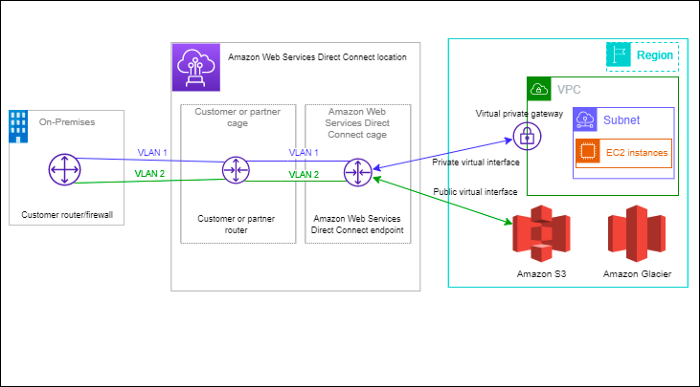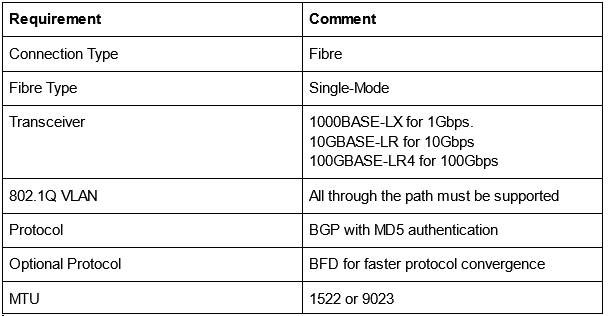What is a network router?
By most definitions, the network router’s purpose is defined by its name – it routes packets from one location to another. But over the course of decades of internet networking, the value of the router has grown significantly, offering enterprises additional functions such as network security, content filtering, quality of service, and more.At its most basic level, a router is a device that connects networks to each other, forwarding data packets from one location to another until they reaches their destination. Within a local area network (LAN), a router can also allow multiple devices to use the same Internet connection, such as how a home router allows users to connect their laptops, phones and tablets (among countless other devices) at the same time.To read this article in full, please click here


